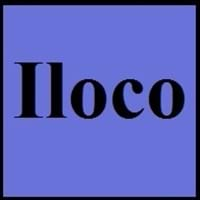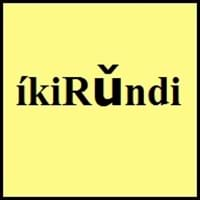Ilocano and Kirundi
- Ilocano was originally written with Baybayin syllabary, then gradually it was replaced by Latin alphabet.
- Northwest Luzon is the original Ilocano homeland.
- Kirundi language is tonal, since it has high and low essential tones.
- Kirundi Language is referred as a language where Meeussen's rule is active, this rule describes a certain pattern of tonal change in Bantu languages.
All Ilocano and Kirundi Dialects
Most languages have dialects where each dialect differ from other dialect with respect to grammar and vocabulary. Here you will get to know all Ilocano and Kirundi dialects. Various dialects of Ilocano and Kirundi language differ in their pronunciations and words. Dialects of Ilocano are spoken in different Ilocano Speaking Countries whereas Kirundi Dialects are spoken in different Kirundi speaking countries. Also the number of people speaking Ilocano vs Kirundi Dialects varies from few thousands to many millions. Some of the Ilocano dialects include: Balangao, Bontoc. Kirundi dialects include: Rwanda-Rundi , Ha. Also learn about dialects in South American Languages and North American Languages.
Ilocano and Kirundi Speaking population
Ilocano and Kirundi speaking population is one of the factors based on which Ilocano and Kirundi languages can be compared. The total count of Ilocano and Kirundi Speaking population in percentage is also given. The percentage of people speaking Ilocano language is 0.14 % whereas the percentage of people speaking Kirundi language is 0.13 %. When we compare the speaking population of any two languages we get to know which of two languages is more popular. Find more details about how many people speak Ilocano and Kirundi on Ilocano vs Kirundi where you will get native speakers, speaking population in percentage and native names.
Ilocano and Kirundi Language Codes
Ilocano and Kirundi language codes are used in those applications where using language names are tedious. Ilocano and Kirundi Language Codes include all the international language codes, glottocodes and linguasphere.





